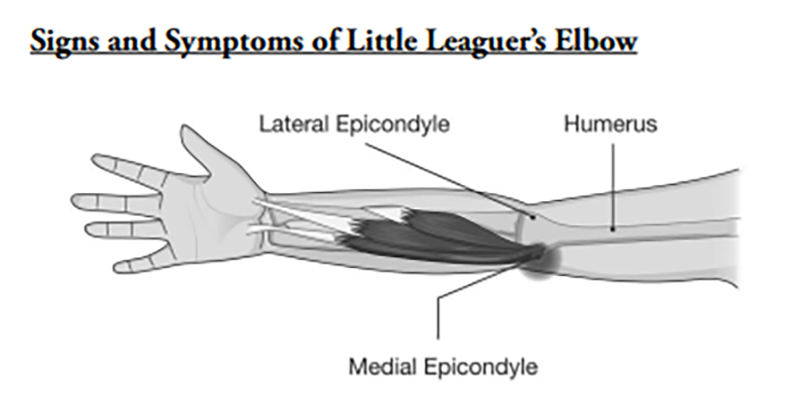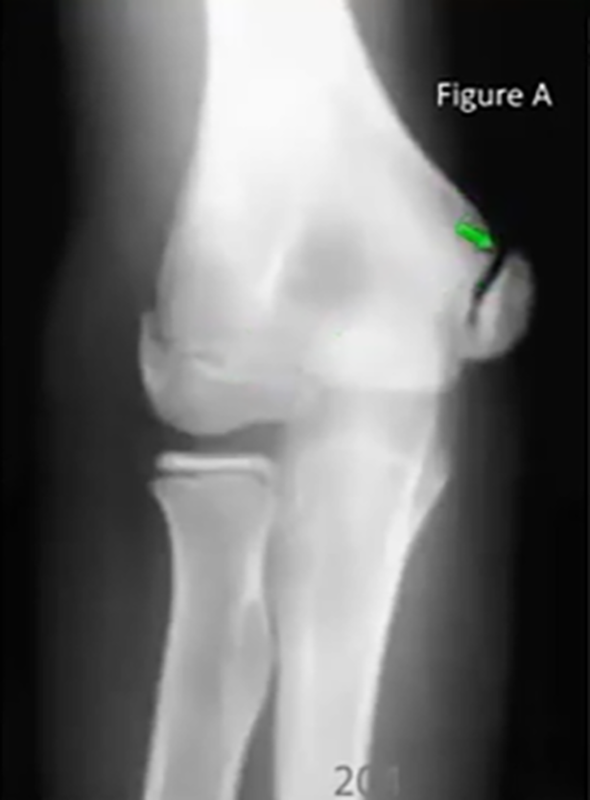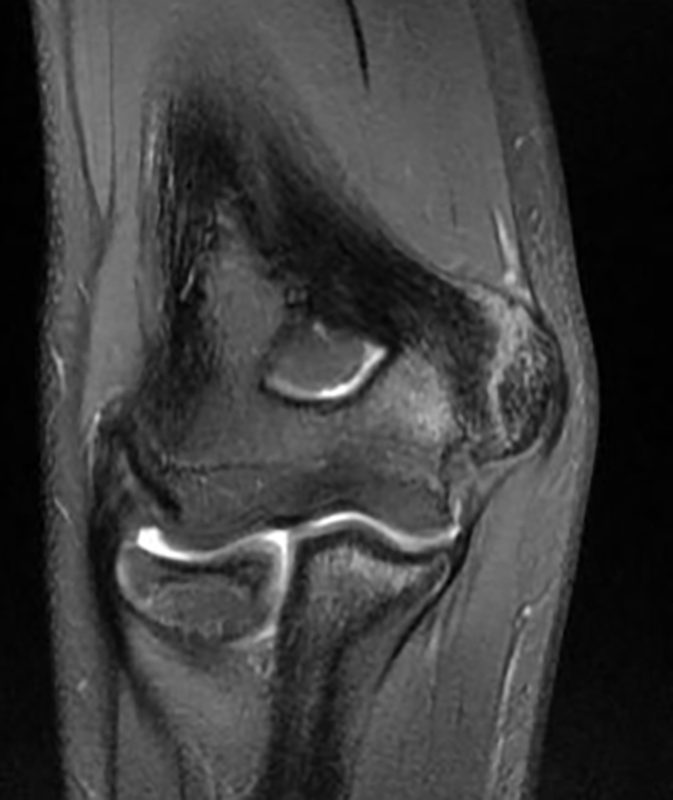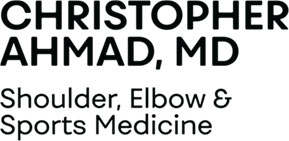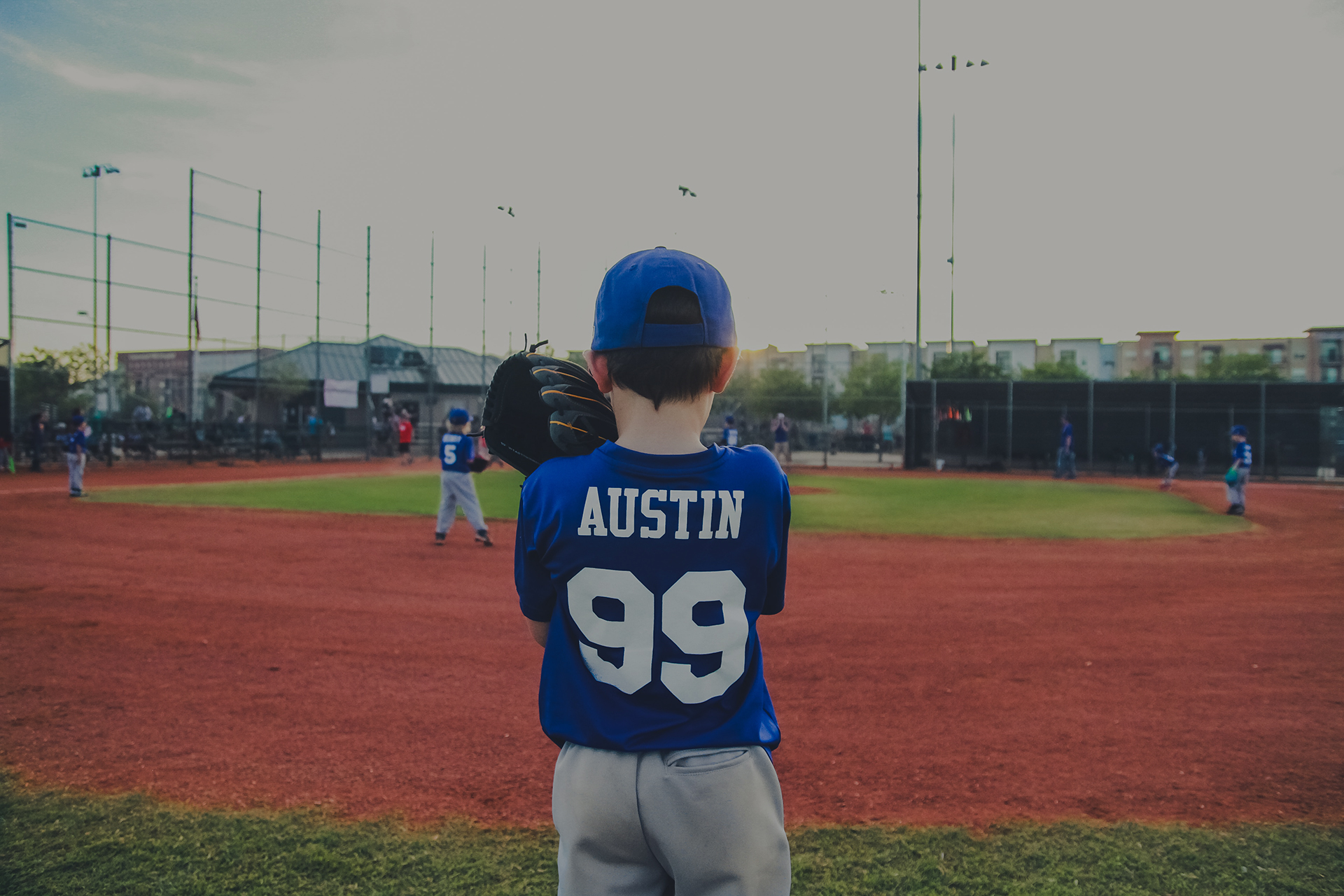Overview
Most people in baseball have heard the term “Little Leaguer’s Elbow” but don’t understand what it truly is. Little Leaguer’s Elbow is a term first coined in 1960 that describes a condition caused by repetitive throwing motions, especially in children who play sports that involve throwing.
MECHANISM OF INJURY
The pitching motion that causes a valgus stress to the inside elbow joint is resisted by the UCL. The UCL is attached to the bone in a location that includes a growth plate called the medial apophysis. This is also the location where the forearm muscles attach, which adds additional stress to the growth plate. The growth plate is intrinsically weaker than adult bone that has matured and stopped growing. For kids, the growth plate is the weak link in the chain. Adult pitchers do not experience the same injury because they do not have the relatively weak open growth plate in the elbow. Instead, a more common injury in adult athletes is direct injury to the UCL, an injury that often requires Tommy John Surgery for the athlete to resume high-level competitive throwing. (Click this link to learn more on Tommy John Surgery)
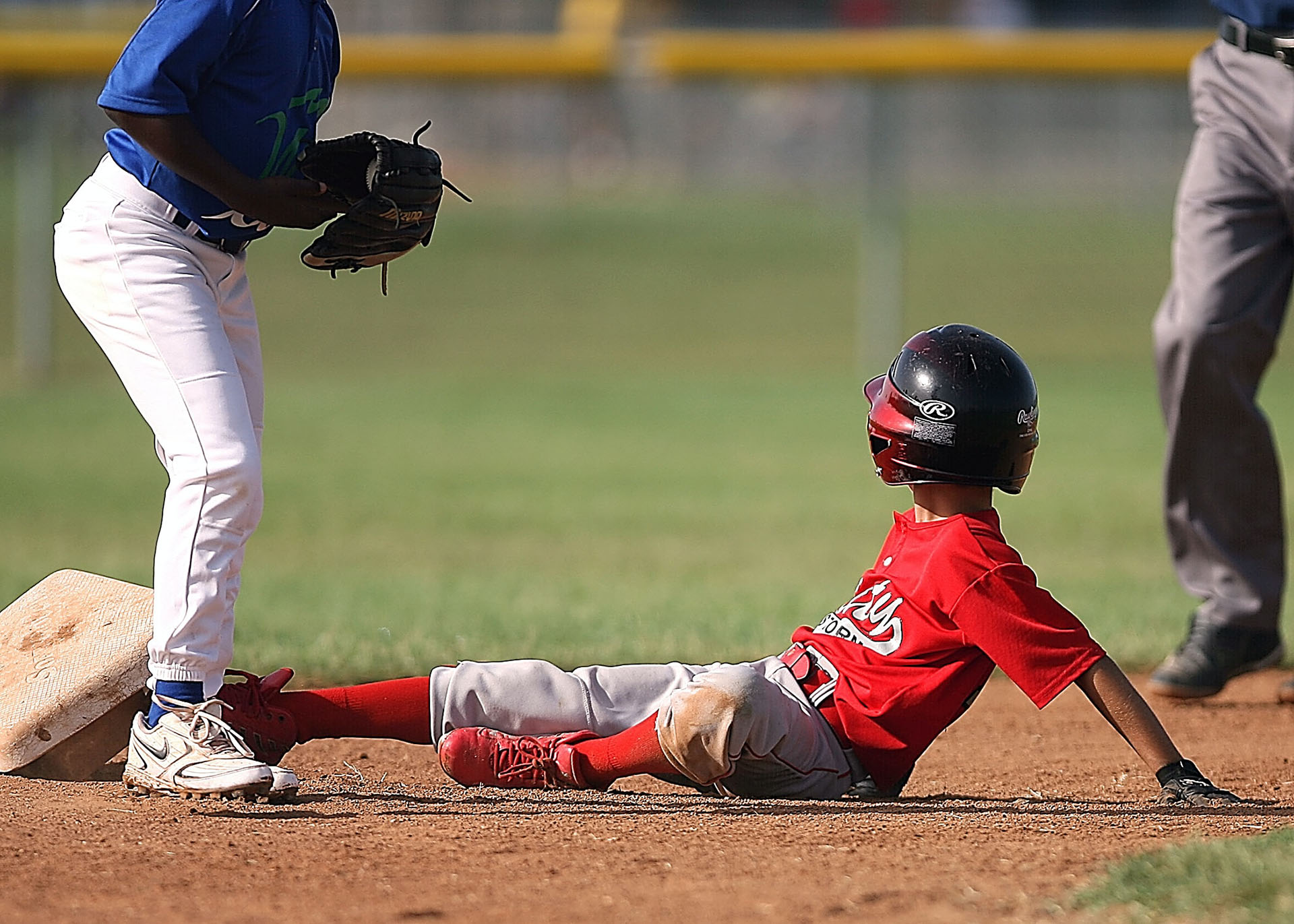
PLAYER EVALUATION & DIAGNOSIS
SIGNS & SYMPTOMS OF LITTLE LEAGUER’S ELBOW
